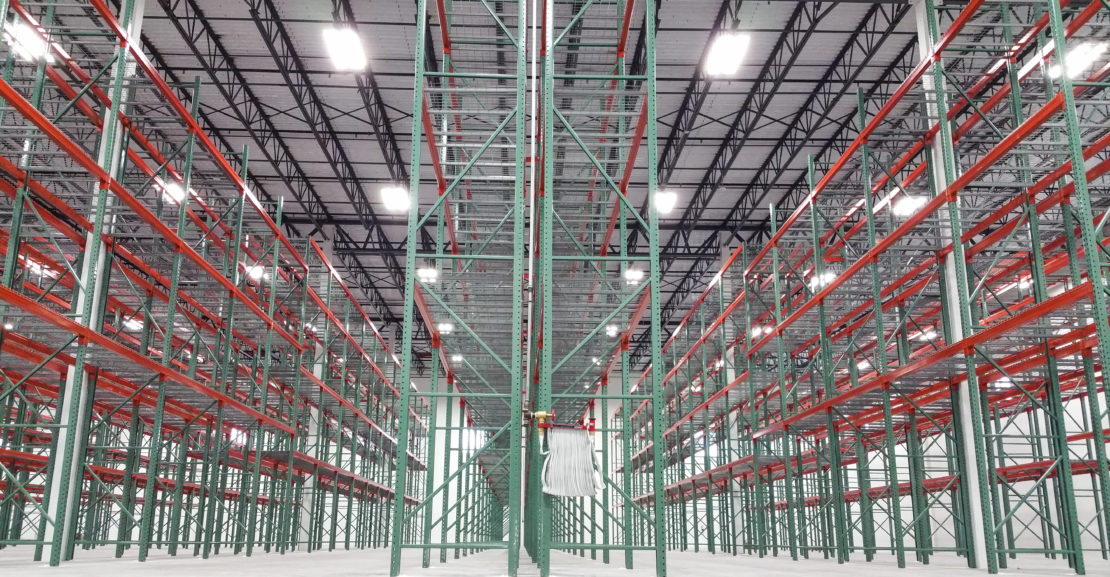Pallet racking refers to a material handling storage system designed to store materials on pallets. It is commonly used in warehouses, distribution centers, and manufacturing facilities to efficiently utilize vertical space and organize large quantities of goods. The primary goal of pallet racking is to maximize storage capacity while providing easy access to inventory.
Here are some key features and components of pallet racking systems:
- Pallets: Pallets are the standardized platforms on which goods are placed for storage and transportation. Pallet racking is specifically designed to accommodate these pallets.
- Uprights: Uprights are vertical columns that support the horizontal beams and provide the overall structural framework of the pallet racking system. They are typically arranged in rows and spaced apart to create bays for pallet storage.
- Beams: Beams are horizontal components that connect to the uprights, forming the shelves or levels where pallets are placed. Beams can have different load capacities based on the requirements of the stored goods.
- Cross Bracing: Cross bracing is used to add stability and strength to the pallet racking structure. It can be either welded or bolted between uprights to prevent swaying.
- Wire Mesh Decking: Wire mesh decking is often used on pallet racking levels to provide additional support and prevent smaller items from falling through. It also allows for better visibility and fire safety compliance.
There are several types of pallet racking systems, each designed for specific storage needs and facility configurations. Some common types include:
- Selective Pallet Racking: This is the most common type, allowing direct access to each pallet. It is suitable for facilities with a variety of product types and low to medium inventory turnover.
- Drive-In and Drive-Through Racking: These systems maximize storage density by allowing forklifts to drive directly into the racking structure. Drive-in racking has one entry point, while drive-through racking has entry points on both sides.
- Push Back Racking: This system enables multiple pallets to be stored on a single level with the last pallet pushed back by a new one. It allows for high-density storage with relatively easy access.
- Pallet Flow Racking: This system uses gravity to move pallets along rollers or wheels from the loading side to the unloading side. It is ideal for high-density storage with first-in, first-out (FIFO) inventory rotation.
The choice of pallet racking system depends on factors such as the type of goods stored, inventory turnover, available space, and budget constraints. Properly designed and installed pallet racking systems can significantly enhance warehouse efficiency and organization.

